Wrinkles give heat a jolt in pillared graphene
 Pillared graphene would transfer heat better if the theoretical material had a few asymmetric junctions that caused wrinkles.
Pillared graphene would transfer heat better if the theoretical material had a few asymmetric junctions that caused wrinkles.
Nov 3rd, 2017
Read more
 Pillared graphene would transfer heat better if the theoretical material had a few asymmetric junctions that caused wrinkles.
Pillared graphene would transfer heat better if the theoretical material had a few asymmetric junctions that caused wrinkles.
Nov 3rd, 2017
Read more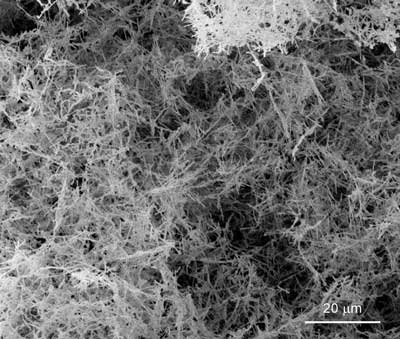 A simple method for manufacturing extremely low-density palladium nanofoams could help advance hydrogen storage technologies.
A simple method for manufacturing extremely low-density palladium nanofoams could help advance hydrogen storage technologies.
Nov 2nd, 2017
Read more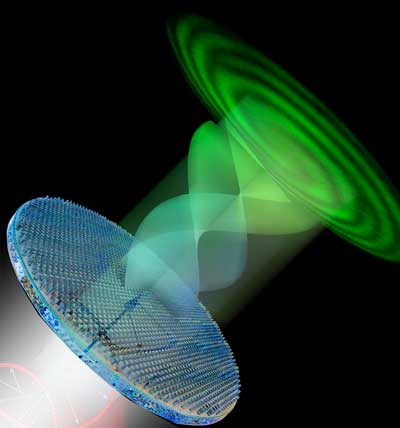 Metasurface generates new states of light for fundamental research and applications.
Metasurface generates new states of light for fundamental research and applications.
Nov 2nd, 2017
Read more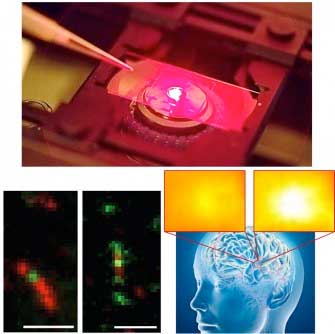 Nanosensors are incredible information-gathering tools for myriad applications, including molecular targets such as the brain.
Nanosensors are incredible information-gathering tools for myriad applications, including molecular targets such as the brain.
Nov 2nd, 2017
Read more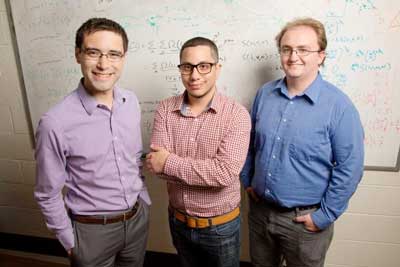 Scientists have taken the first steps toward gaining control over the self-assembly of synthetic materials in the same way that biology forms natural polymers.
Scientists have taken the first steps toward gaining control over the self-assembly of synthetic materials in the same way that biology forms natural polymers.
Nov 2nd, 2017
Read more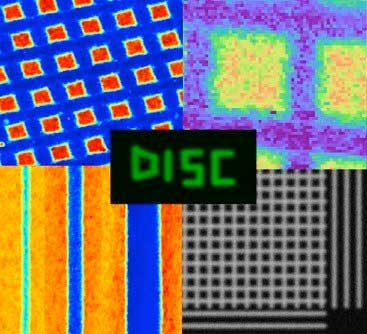 Exploiting reversible solubility allows for direct, optical patterning of unprecedentedly small features.
Exploiting reversible solubility allows for direct, optical patterning of unprecedentedly small features.
Nov 2nd, 2017
Read more Researchers have developed a new method to determine the material properties of graphene with the aid of high-frequency non-linear dynamics. Their new method makes it possible to accurately measure the Young?s modulus (elastic modulus) of graphene and enables a potentially quicker measurement.
Researchers have developed a new method to determine the material properties of graphene with the aid of high-frequency non-linear dynamics. Their new method makes it possible to accurately measure the Young?s modulus (elastic modulus) of graphene and enables a potentially quicker measurement.
Nov 2nd, 2017
Read more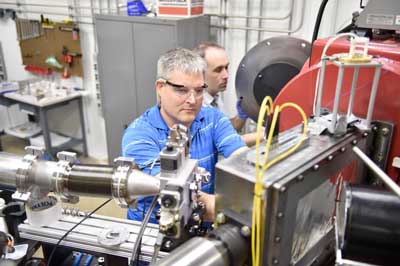 A new study answers longstanding questions about the formation of a rare type of diamond during major meteorite strikes.
A new study answers longstanding questions about the formation of a rare type of diamond during major meteorite strikes.
Nov 2nd, 2017
Read more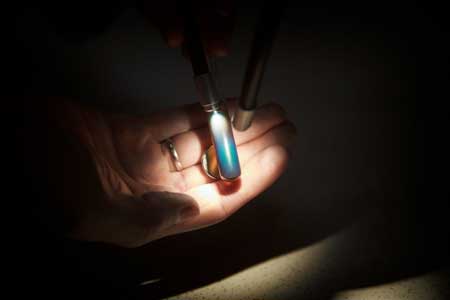 Nanospheres made with the new method may be used for designing drugs to fight thrombosis and cancer.
Nanospheres made with the new method may be used for designing drugs to fight thrombosis and cancer.
Nov 2nd, 2017
Read more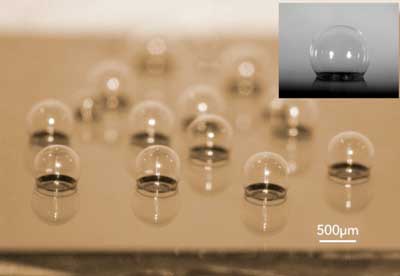 An optical whispering gallery mode resonator can spin light around the circumference of a tiny sphere millions of times, creating an ultrasensitive microchip-based sensor for multiple applications.
An optical whispering gallery mode resonator can spin light around the circumference of a tiny sphere millions of times, creating an ultrasensitive microchip-based sensor for multiple applications.
Nov 2nd, 2017
Read more The quest to develop ever-faster and more powerful computers has led to one of the most rudimentary methods of counting being given a 21st century make-over.
The quest to develop ever-faster and more powerful computers has led to one of the most rudimentary methods of counting being given a 21st century make-over.
Nov 2nd, 2017
Read more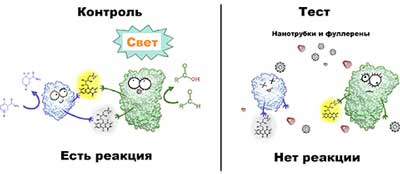 The new system's distinctive features are simplicity, fast reaction speed and high sensitivity.
The new system's distinctive features are simplicity, fast reaction speed and high sensitivity.
Nov 2nd, 2017
Read more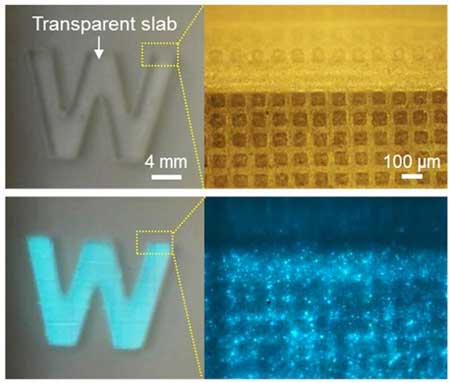 Researchers have developed a jellyfish-inspired electronic skin that glows when the pressure against it is high enough to potentially cause an injury.
Researchers have developed a jellyfish-inspired electronic skin that glows when the pressure against it is high enough to potentially cause an injury.
Nov 1st, 2017
Read more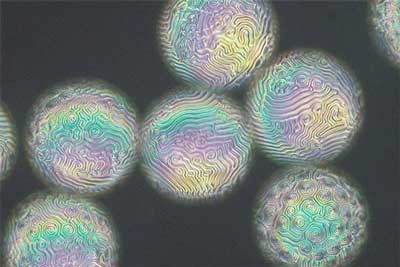 Scientists confined liquid crystals within droplets, creating shells floating in water. To create patterns, Tran then added surfactants, or soapy molecules, to the water.
Scientists confined liquid crystals within droplets, creating shells floating in water. To create patterns, Tran then added surfactants, or soapy molecules, to the water.
Nov 1st, 2017
Read more 3-D origami circuits could revolutionize electronic designs.
3-D origami circuits could revolutionize electronic designs.
Nov 1st, 2017
Read more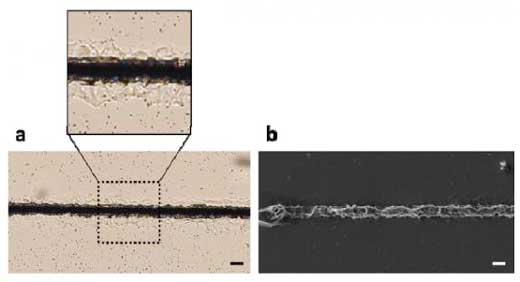 Laser-based method creates force-sensitive, flexible microstructures that conduct electricity.
Laser-based method creates force-sensitive, flexible microstructures that conduct electricity.
Nov 1st, 2017
Read more